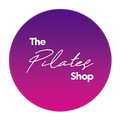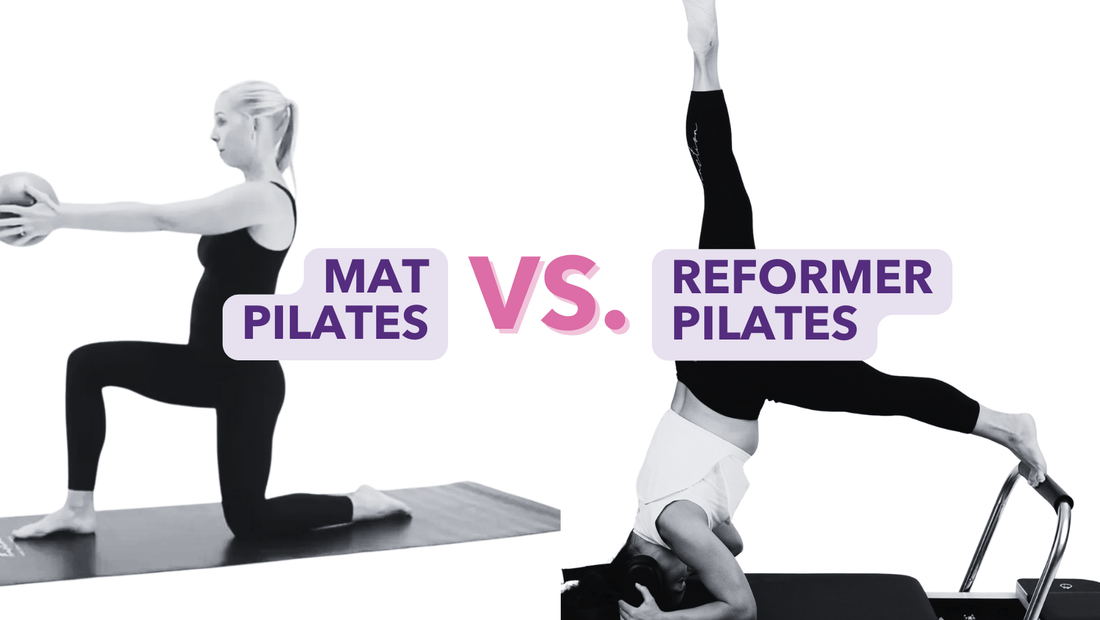Pilates offers a diverse array of exercises and equipment, each with its unique benefits and characteristics. Mat Pilates and Reformer Pilates are two popular modalities that cater to different preferences, goals, and fitness levels. In this comparison, we'll explore the key differences between Mat Pilates and Reformer Pilates to help you choose the practice that best suits your needs and preferences.
1. Foundation and Accessibility:
Mat Pilates: Mat Pilates is performed on a cushioned mat, making it accessible to practitioners of all fitness levels and budgets. The exercises primarily utilise body weight resistance and minimal props, focusing on core strength, flexibility, and alignment. Mat Pilates can be practiced virtually anywhere, making it ideal for home workouts or group classes in community centers or gyms.
Reformer Pilates: Reformer Pilates involves specialised equipment known as the Pilates Reformer—a spring-loaded carriage with adjustable resistance levels, straps, and a footbar. The Reformer provides added support and resistance, allowing for a wider range of exercises and variations compared to Mat Pilates. While Reformer Pilates typically requires access to a studio with equipment, it offers a more dynamic and versatile workout experience.
2. Resistance and Intensity:
Mat Pilates: Mat Pilates relies primarily on body weight resistance and gravity to challenge the muscles, making it a low-impact yet effective form of exercise. While Mat Pilates can be modified to increase intensity through variations and tempo changes, it generally offers a more moderate level of resistance compared to Reformer Pilates.
Reformer Pilates: Reformer Pilates offers adjustable resistance levels through the springs and pulleys of the Reformer, allowing for a customized and progressive workout experience. By adjusting the spring tension, practitioners can increase or decrease resistance to target specific muscle groups and accommodate varying fitness levels. This versatility makes Reformer Pilates suitable for individuals seeking both gentle rehabilitation and high-intensity strength training.
3. Stability and Balance:
Mat Pilates: Mat Pilates emphasizes stability and balance by engaging the core muscles to support the body during exercises performed on the floor. Without the assistance of equipment, practitioners rely on their own body awareness and control to maintain proper alignment and stability throughout each movement. Mat Pilates enhances core strength, coordination, and postural awareness, making it an excellent foundation for overall fitness.
Reformer Pilates: Reformer Pilates offers added stability and support through the carriage and straps of the Reformer, allowing practitioners to focus on precise movement mechanics without the risk of imbalance or instability. The Reformer's spring resistance provides feedback and assistance, facilitating controlled movements and muscle engagement. Reformer Pilates challenges stability and balance in different ways compared to Mat Pilates, incorporating dynamic movements and variations that target stabilizing muscles throughout the body.
4. Variety and Progression:
Mat Pilates: Mat Pilates offers a wide variety of exercises that can be modified and progressed to suit individual needs and goals. From classic Pilates exercises to contemporary variations and fusion workouts, Mat Pilates provides endless possibilities for creativity and progression. Practitioners can gradually increase the intensity and complexity of their workouts by incorporating props such as resistance bands, stability balls, and foam rollers.
Reformer Pilates: Reformer Pilates provides a diverse repertoire of exercises that can be performed on the Reformer, including traditional Pilates movements, variations, and specialized exercises. The adjustable resistance levels and spring settings allow for progressive overload and adaptation, enabling practitioners to continually challenge their strength, flexibility, and coordination. Reformer Pilates instructors can customize workouts to target specific muscle groups and address individual needs and goals, providing a comprehensive and dynamic training experience.
5. Personal Preference and Experience:
Ultimately, the choice between Mat Pilates and Reformer Pilates comes down to personal preference, experience, and fitness goals. Some individuals may prefer the simplicity and accessibility of Mat Pilates, while others may thrive on the challenge and variety offered by Reformer Pilates. Both modalities offer unique benefits and can be tailored to suit individual needs, making them valuable additions to any fitness routine.
Conclusion: Finding Your Perfect Pilates Practice
Whether you choose Mat Pilates or Reformer Pilates, both modalities offer exceptional benefits for improving strength, flexibility, and overall well-being. Mat Pilates provides a accessible and versatile workout experience that emphasizes core strength, stability, and balance, while Reformer Pilates offers added resistance, support, and variety through specialized equipment. Consider your preferences, goals, and experience level when deciding which Pilates practice is right for you, and don't hesitate to explore both modalities to discover the perfect fit for your fitness journey.

